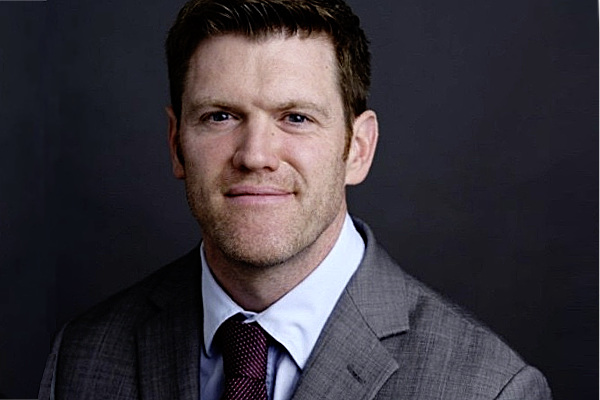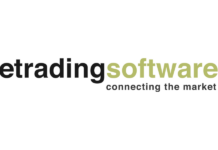Perspectives vary as to which newer methods of buying and selling bonds will most help institutional traders in the next year, but there is consensus that whichever protocol is used, it should be electronic and automated.
That was a broad takeaway from Tuesday morning’s electronification panel at Fixed Income Leaders Summit in Washington, DC.
In a question to the audience about which protocols will be most important for credit trading workflows, dealer-to-client streams and portfolio trading were virtually tied at just under 40 percent, followed by order books at 11 percent and auctions and dark pools each with 6 percent. There were 85 responses.
Some panellists said they expected portfolio trading would be the top response, but D2C streams garnered praise.

Britni Ihle, head of cross-product trading, spread products at Citi, said streams have some of the benefits of an order book in that a trader can click-to-trade quickly, and streams are like dark pools in that the buy side can click with more anonymity than with the traditional request-for quote (RFQ) protocol.
Dark pools handle only a small percentage of corporate bond trading, but such venues have upside.

“I think it has a place in credit,” for “very aggressive liquidity” where intention is only revealed only upon the trade, said David Massingham, global head of credit automated trading at Morgan Stanley.
Electronification panellists noted that e-trading execution protocols cannot be copy-pasted from the equity market to fixed income; rather, it is about the sell side working with the buy side to leverage, scale and improve ways to trade. From there it’s about stitching together protocols to the extent possible to make workflows more electronic and automated.
On the FILS panel earlier Tuesday morning, it was noted that trading was much smoother through the volatility spike in early April 2025 than it was at the start of COVID five years earlier, and this is at least partly attributable to liquidity innovations such as portfolio trading.
About 48 percent of US investment grade corporate bond trading is electronic, up from 20 percent in 2015, according to Crisil Coalition Greenwich data presented at FILS. That number is expected to increase further as firms seek to reduce traders’ touches and better utilize data and automation.

Michael Daley, VP, credit trader at T. Rowe Price, noted the continued rapid evolution of market structure, and importantly, more institutional willingness to try new things to become more efficient.
“The value-add proposition for buy-side trading desks has never been higher,” Daley said.
©Markets Media Europe 2025












